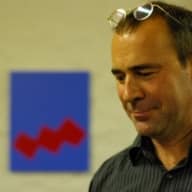Flemish Master Puppeteers Take on Venice Biennale
For this year’s Venice Biennale, internationally renowned artists Jos De Gruyter and Harald Thys converted the Belgian Pavilion into a folk museum that spotlights humankind. Their installation, Mondo Cane, features a series of about twenty automated dolls that keep repeating the same actions over and over again. In their work, De Gruyter and Thys generally do not paint a pretty picture of humanity – but at least they have a sense of humour about it.
It seems the 2012 cooperation agreement between Flanders and the French Community has broadened a few people’s horizons. At least, that is what could be concluded based on the French-speaking Community’s decision to invite Harald Thys (b. 1966) and Jos De Gruyter (b. 1965) to represent Belgium in the Belgian Pavilion during the 2019 Venice Biennale. Politically speaking, this is by no means an obvious choice, seeing Thys and De Gruyter are Flemish Brussels-based artists. As one would expect, the French-language Minister for Culture Ada Greoli’s brave decision was heavily criticised.
 Jos de Gruyter, Anne-Claire Schmitz and Harald Thys
Jos de Gruyter, Anne-Claire Schmitz and Harald Thys© Margaux Nieto
In an open letter that was published in both newspapers De Morgen and La Libre Belgique, twenty-something museum directors, gallery owners and artists berated Greoli for her decision. According to the signatories, which also included Flemish people, e.g. Philippe Van Cauteren (S.M.A.K, Ghent) and Dirk Snauwaert (WIELS, Brussels), this outcome gives the impression that the French-speaking part of Belgium lacks artists. However, the main sticking point is that the chosen artists obtained 450,000 euros in funding to realise their project, whereas overall the amount of money the French-language Community is able to spend on art is rather modest. In Flemish newspaper De Tijd, Harald Thys refers to his appointment as “a lovely gesture”. He suggested that Flanders, when it is their turn to choose a representative in two years’ time, “might make a similar choice”.
Artists Thys and De Gruyter decided to step forward as candidates at the insistence of Anne-Claire Schmitz, the founding director of La Loge, a Brussels-based artists’ space, and curator of the Belgian Pavilion. The jury was asked to select a winner from thirteen projects. De Gruyter and Thys convinced the members of the jury with Mondo Cane (A Dog’s World). This brand new installation features about twenty dolls, each performing a series of repetitive actions. As soon as it is over, the show starts all over again.
Sombre choreography
As is the case for most of Jos De Gruyter and Harald Thys’ work, Mondo Cane includes a socio-critical dimension: a scene that seems funny at first soon deteriorates into a sombre choreography, holding a mirror up to the spectators. The title refers to the Italian documentary (1962) of the same name, in which directors Paolo Cavara and Gualtiero Jacopetti attempted to shock audiences with a mix of real footage and staged scenes.
Ever since the second half of the 1980s, Harald Thys and Jos De Gruyter have been collaborating on a shared yet extremely diverse oeuvre. The artists are best known for their videos, but have also created full-scale installations, drawings, and sculptures. Over the past ten years, they have been setting up solo exhibitions abroad, including exhibits at Kunsthal Aarhus (Denmark), Kunstverein München, the Milan Triennial, Portikus Frankfurt, MOMA PS1 in New York, the Museum of Contempory Art in Chicago, The Power Station in Dallas, Kunsthalle Wien, and Kunsthalle Basel. Moreover, in 2011, they were awarded with the Flemish Culture Prize for Visual Arts.
The pair seems to be inspired by a variety of sources, including the absurdist universe of Samuel Beckett, Rainer Werner Fassbinder and Luchino Visconti films, accidental meetings with people at the margins of society, and children’s television shows. The latter explains the acting style demonstrated by the characters in the videos. The footage features non-professional actors, who recite their lines slowly and emphatically, while gesturing wildly. Although, for that reason, the performances are reminiscent of burlesque, what prevails is an uncanny, eerie atmosphere. Fear lingers among the characters, who seem to be dependent on each other in this isolated, alienating setting. Thys en De Gruyter create parallel worlds in which stereotypical characters stumble around as if they were lost in a Grimm Brothers’ fairy tale, and are bound to lose their innocence at any point. The artists acknowledge that their shared fascination for Germany and the German culture plays a major role in their creative process.
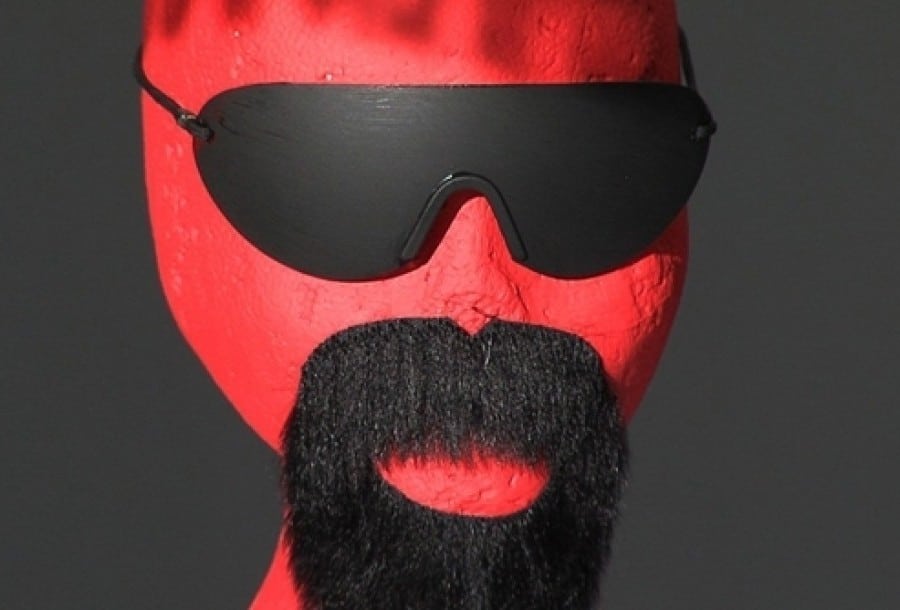 Das Loch
Das LochCourtesy and copyright of the artists
The artist as puppeteer
Dolls – instead of actors – were first introduced in the 2010 video entitled Das Loch. In this video, we are confronted with the complex rivalry between painter Johannes, who firmly believes in universal expression through painting, and Fritz, a short macho man with a Full HD camera. Using dolls could be interpreted as a result of the mechanical way in which the artist duo directed their characters. In other words, by replacing actors with dolls they are able to control the characters even more. Some of those dolls have Styrofoam heads, which each show expressions and emotions as they were painted, coated and manipulated by ‘master puppeteers’ Thys and De Gruyter.
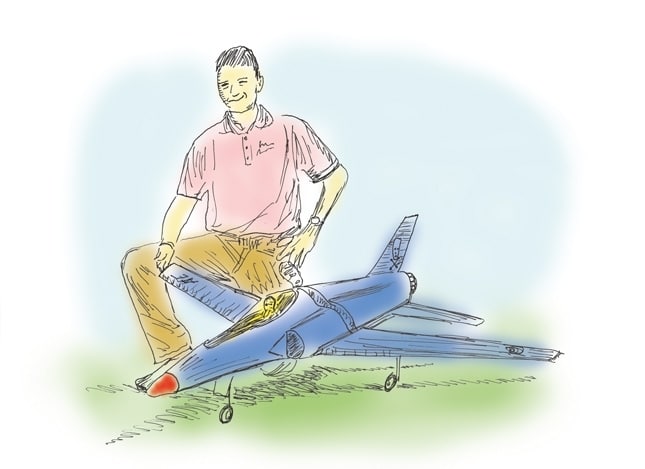 Jos de Gruyter & Harald Thys, A Man with his Radio-controlled Jet
Jos de Gruyter & Harald Thys, A Man with his Radio-controlled JetCourtesy and copyright of the artists
Dolls have also featured in their previous installations. In 2015, the pair presented Die Schmutzigen Puppen von Pommern in the Dallas Power Station. Unkempt figures were hanging against the exhibition space’s walls and pillars. This scene reminds us of the U.S.-Mexico border area, where victims of the Drug War are hung from stay-cable bridges, serving as a kind of deterrent. However, Thys and De Gruyter’s story actually goes back to the 12th century hanseatic city of Greifswald. One family there had obtained the exclusive right to execute people in the entire Pommern region, for a fee. This way, the family of executioners made a fortune, and started to put pressure on the community to issue as many death sentences as possible. After having ruled over the region for three generations, the family’s empire collapsed, causing the remaining descendants to be mocked or shunned by the people in the surrounding areas. The bodies on display in Dallas, which were made from jute bags and stuffed with straw, represented the wretched kin of the executioner clan.
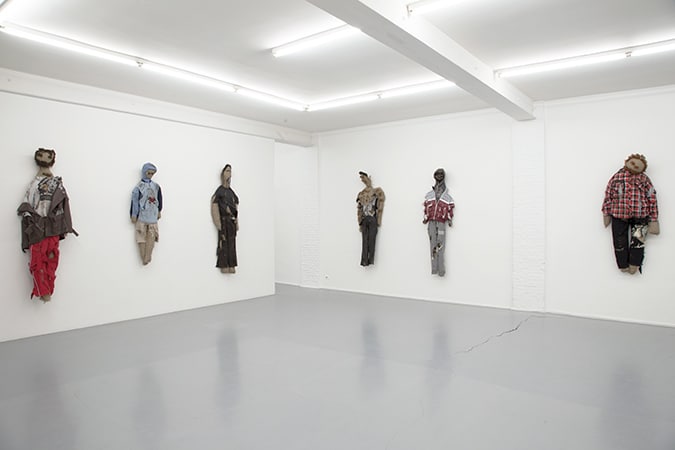
© Galerie Micheline Szwajcer
Robotic dolls
Thys and De Gruyter have used life-sized straw dolls before, i.e. in an art installation that was shown in Galerie Micheline Szwajcer in Antwerp. This work was accompanied by a historically charged story as well. The duo made the ragged dolls for an installation in Otwock, a town near Warsaw, which was quite affluent at the start of the twentieth century, and, at the time, had a rather large Jewish population. However, none of the Jews returned home after World War II. Nowadays, Polish people with serious drinking problems populate the former Jewish quarters.
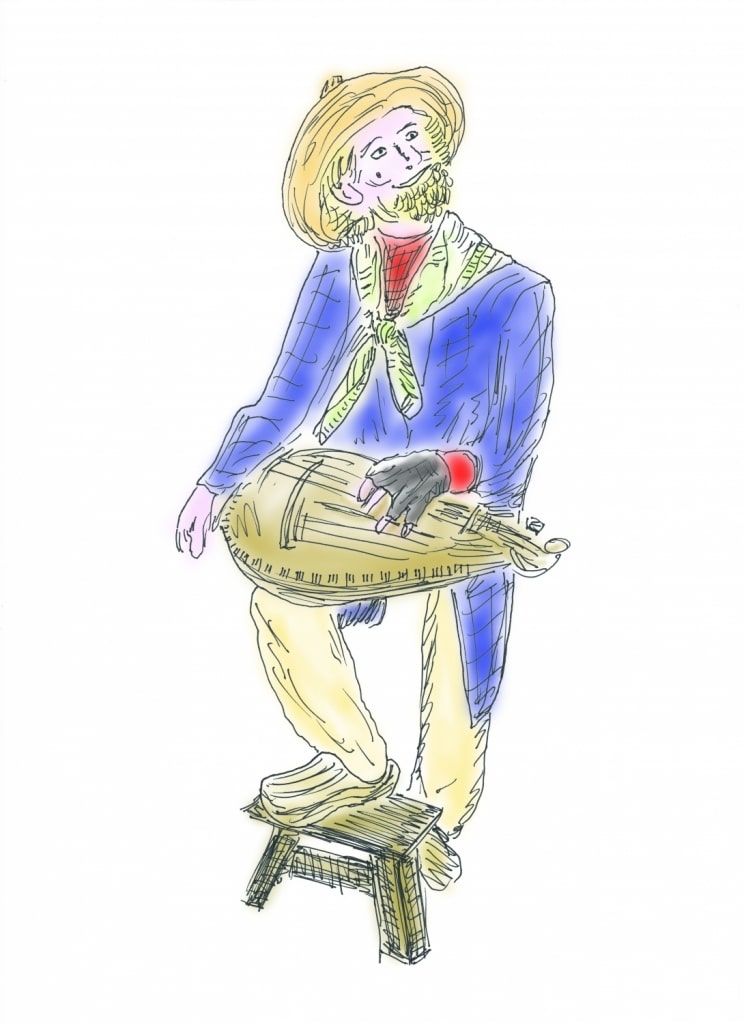
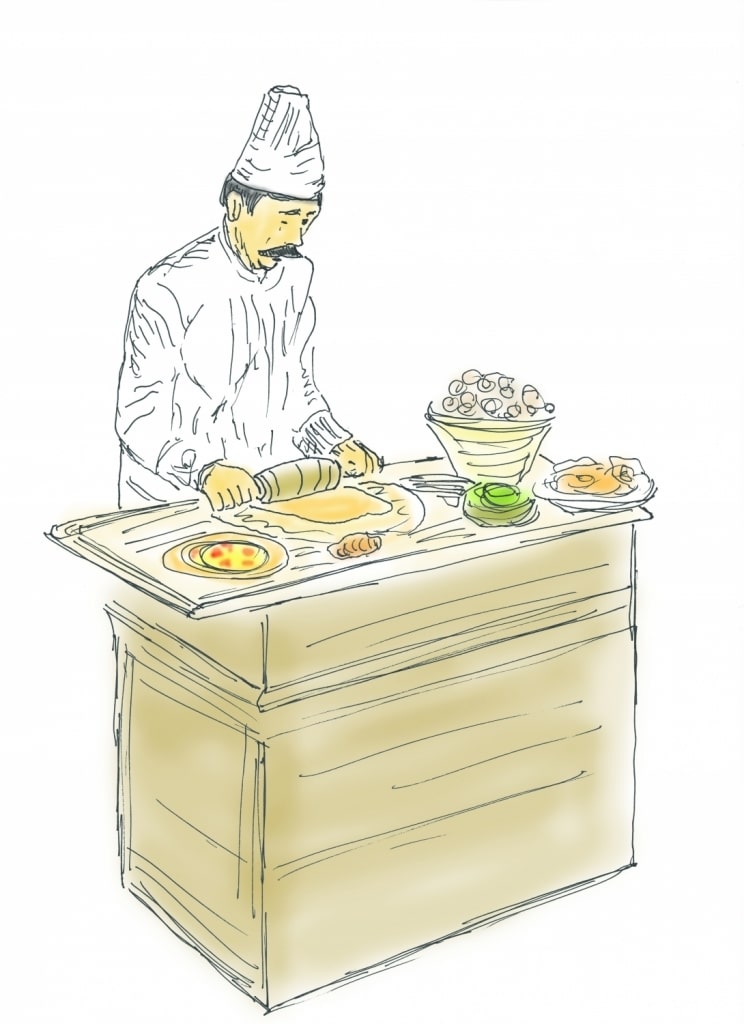
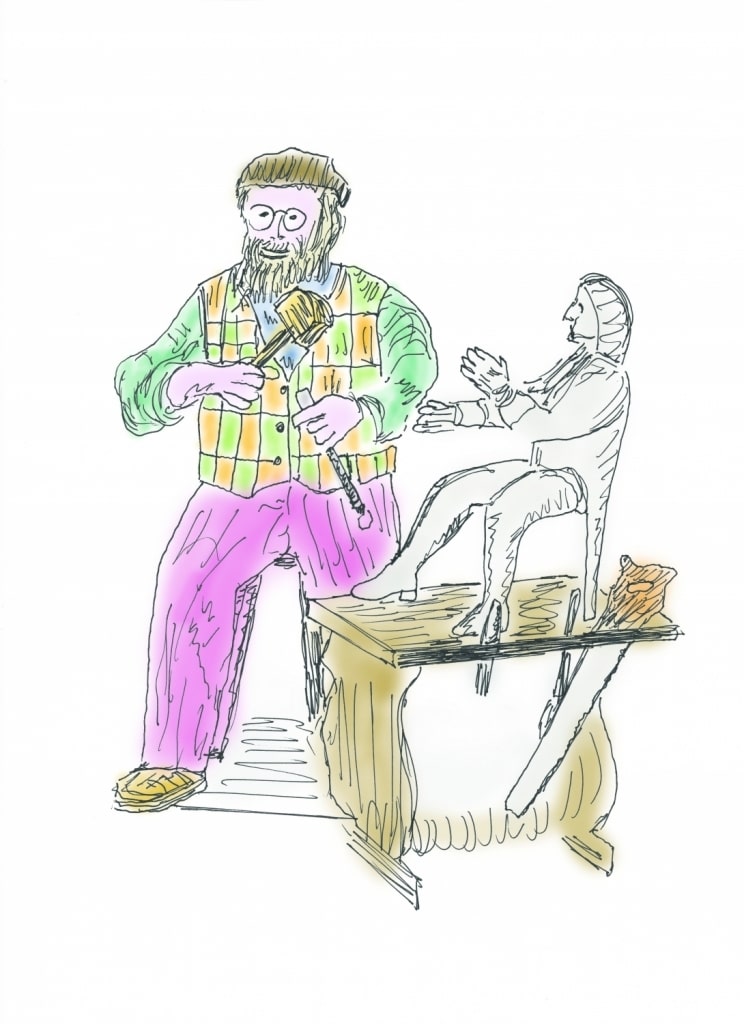 Mondo Cane, Belgian Pavilion, Venice Biennale 2019
Mondo Cane, Belgian Pavilion, Venice Biennale 2019© Harald Thys & Joost De Gruyter
The Venice Biennale project introduces us to a different type of dolls, i.e. machines, or robots, that are programmed to carry out certain repetitive actions. If this article has triggered you to meet the dolls in person, do not worry: you do not have to travel all the way to Venice, as the art installation will be shown in Belgium in February 2020.
The exhibition Mondo Cane is accompanied by a publication.
Mondo Cane, 11 May until 24 November 2019, Belgian Pavilion, Giardini at Venice
In February 2020, the project will be presented at Bozar, Brussels

